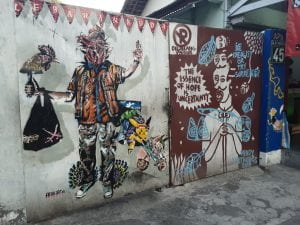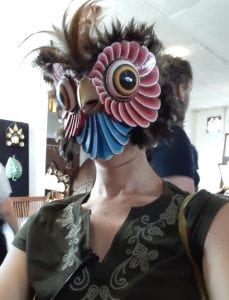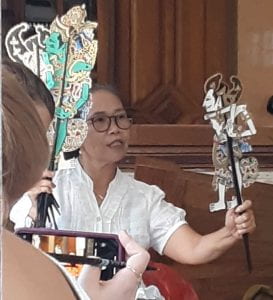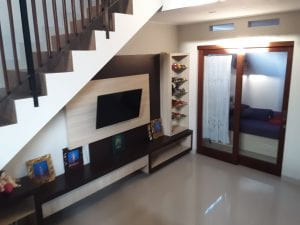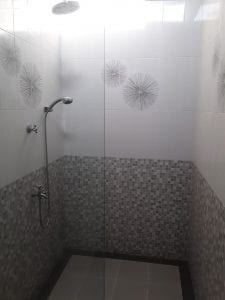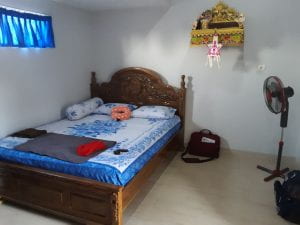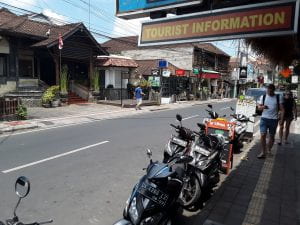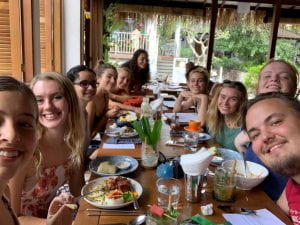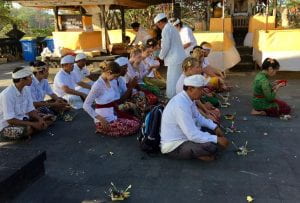After my experiences in Bali and Java, and upon returning to Bali once again, I feel that it is really important to stress the unpredictability and chaotic nature of this study abroad program’s schedule. It can be cumbersome to navigate mentally because free time is precious, so much so that one has to carefully plan their free time in order to get the most out of it.
It must be said that there are benefits to the busy schedule. Because we only spend three weeks in Java, we want to make the most of our time there by experiencing as much as we can. In addition, the business of the schedule helps to eliminate distractions so that we can focus on our experiences. It is crucial that we try to pay close attention to our many lectures and excursions and to be constantly be analyzing and reflecting upon them. These habits are important not simply to help us grow our knowledge of Java, but also to prepare for the midterm.
On the note of academics, because free time is rare, I advise that future students spend a good chunk of it preparing for written assignments, oral presentations, and the occasional exam. In my experience, these assignments aren’t overly difficult nor are they frequent, but there is little time to complete them with an eye to quality. Furthermore, these assignments don’t directly build up to one another, so it is worth doing some extra research into what each assignment should look like, such as oral presentations, in-class essays (for exams), cultural observation papers, etcetera. Many of the written assignments take an anthropological bend; therefore, I advise future students try to become familiar with basic anthropological principles, as well as the general structure of anthropological papers. It is very important that one becomes accustomed to anthropological methods, because there are no lectures or information sessions proceeding these papers that detail how to successfully write them. Proactivity is your friend.
However, that shouldn’t mean that you spend all your free time studying. In my experience, it is important to take time away from the program’s schedule to further explore certain areas of Indonesia. In Yogyakarta, during a free afternoon, I and a small group of other students found an art exhibition in the basement of a coffee café, in which everything in said café was for sale—including the furniture and the decorations hanging upon the wall. The art exhibition itself featured mixed media pieces that fashioned animatronics out of traditional Javanese weaponry. In that café, I was treated to a twist on traditional artwork that the program didn’t feature.
And art is everywhere in Yogyakarta! One doesn’t have to look far before catching sight of street art. An Indonesian student told me that another phrase for this kind of graffiti was “sarcastic art,” in reference to the political satire and criticisms that these images frequently expressed. Simply walking down the streets of Yogyakarta afforded me the opportunity to see intersections of contemporary art and politics at work.
It is almost embarrassing how much artwork we were able to stumble upon during our brief free time in Yogyakarta. In a little jewelry store, there was a shelf also selling comics. The artist sat in view in the back of the shop drawing, and we were able to enter into a conversation with him about his work, and to get a little grasp on his experience as an artist in Yogyakarta. In another location, we stumbled upon a former speakeasy turned restaurant hidden behind what is now a coffee and pastry shop. One of the very first features of this speakeasy is a giant white canvas with colored paint bowls at its side. The canvas was littered with little doodles from presumably other clientele who had stopped to leave a mark. It was wonderful to both see and participate in what I would consider an ongoing, unofficial collaborative piece, chock full of people’s random thoughts and drawings joined together on one canvas.
Thank you, and until next time!


